In 2017, Okanagan Specialty Fruits introduced the Arctic apple to consumers. Scientists had used gene silencing technology to produce an apple that didn’t brown when cut. Modern varieties like the Arctic apple may be valued for their flavor, texture, disease resistance, climate resilience, storage longevity or tree structure, but some producers embrace older varieties for their own unique characteristics.
Grafting in new programs
One place to encounter such varieties is the University of Idaho (UI)’s Sandpoint Organic Agriculture Center (SOAC). There, an 8-acre heritage orchard homes 68 types of apples as well as pears, cherries, plums and raspberries.
Besides the orchard, SOAC has 20 acres in various stages of conversion to certified organic status. “There are many research grants for organic production, which require certified organic land,” says manager Kyle Nagy. The university’s acquisition of the center in 2018 gave researchers the opportunity to pursue some of that research without having to work with external landowners. It is UI’s only certified organic farm.
UI researchers at SOAC are involved in studies ranging from soil health to entomology to landscape appeal of native plants. There is even some work being done on transplanted huckleberries. But Nagy says the orchard, which has been certified organic since 2011, is the centerpiece. “That’s where a lot of my passion lies,” he says.
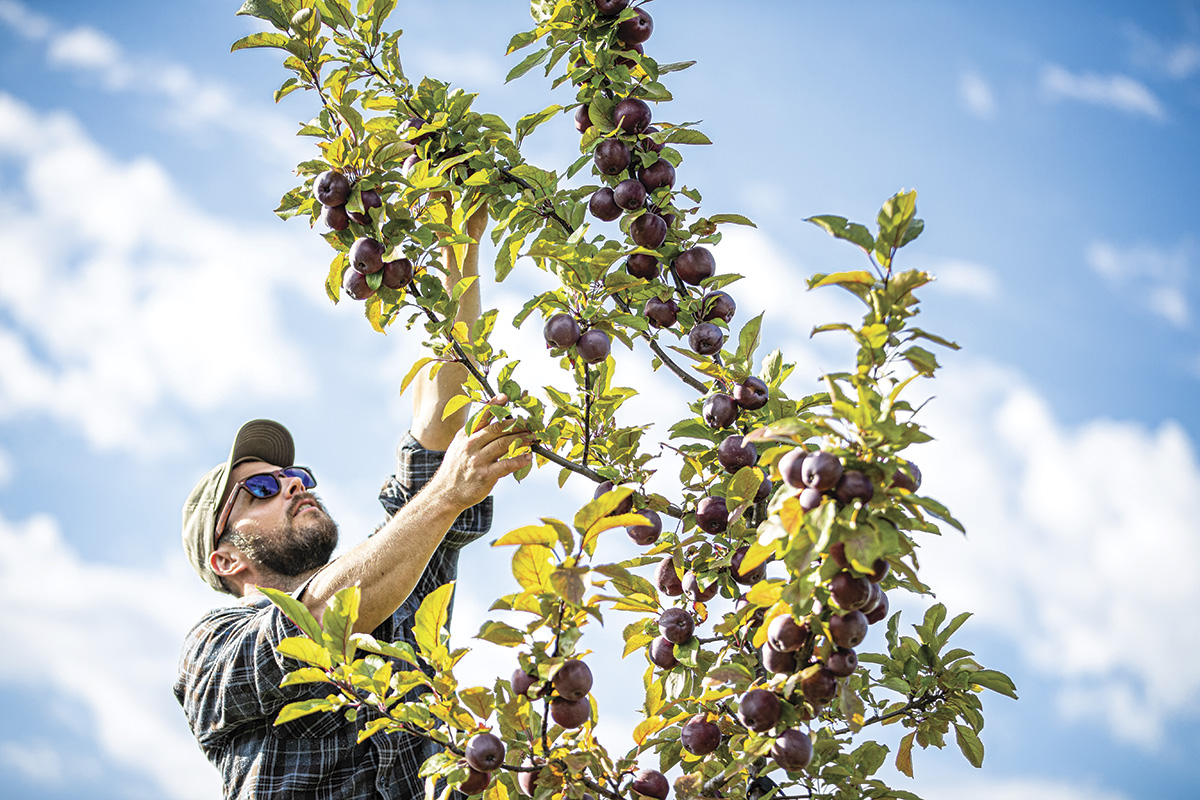 SOAC manager Kyle Nagy says the farm’s heirloom apples are his passion. Photo courtesy of University of Idaho.
SOAC manager Kyle Nagy says the farm’s heirloom apples are his passion. Photo courtesy of University of Idaho.
An apple sampler
In the SOAC orchard, old-world heirloom varieties developed as early as the 1200s rub shoulders with newer varieties still grown commercially, such as Gala and Honeycrisp. The primary selection factor for fruits grown in the SOAC orchard was hardiness, due to the northern latitude.
“A good portion of the orchard was established before the university acquired it,” says Nagy. Some varieties are represented by only one or two trees. Others may have as many as 12, scattered throughout the orchard. But after 11 years managing the property – “like an old mule sold with the farm,” he jokes – Nagy knows where to find each variety despite the random layout. And he has his favorites.
Nagy’s first recommendation for a good all-around apple is the Baldwin, a variety hailing from colonial Massachusetts. “It’s the Swiss army knife of apples,” he says, good for eating, baking, cider and culinary applications.
Another American apple among his favorites on the farm is the Northern Spy, developed in New York around 1800. “It’s known for its excellent keeping qualities,” says Nagy. Its fruit maintains good flavor and texture into early spring.
While some of the older varieties wouldn’t catch your eye at the grocery store, some are particularly attractive even by modern standards. Nagy puts the French variety Summer Rambo, dating from 1535, into this latter category. “It’s very beautiful,” he says of the apple’s pastel coloring.
On the opposite end of the color spectrum is the deep burgundy-colored Niedzwetzkyana. “When you cut into it, the flesh is deep red,” says Nagy. This Russian variety is a cider apple, too bitter for eating fresh off the tree. However, its pink-red juice lends SOAC cider a distinctive color.
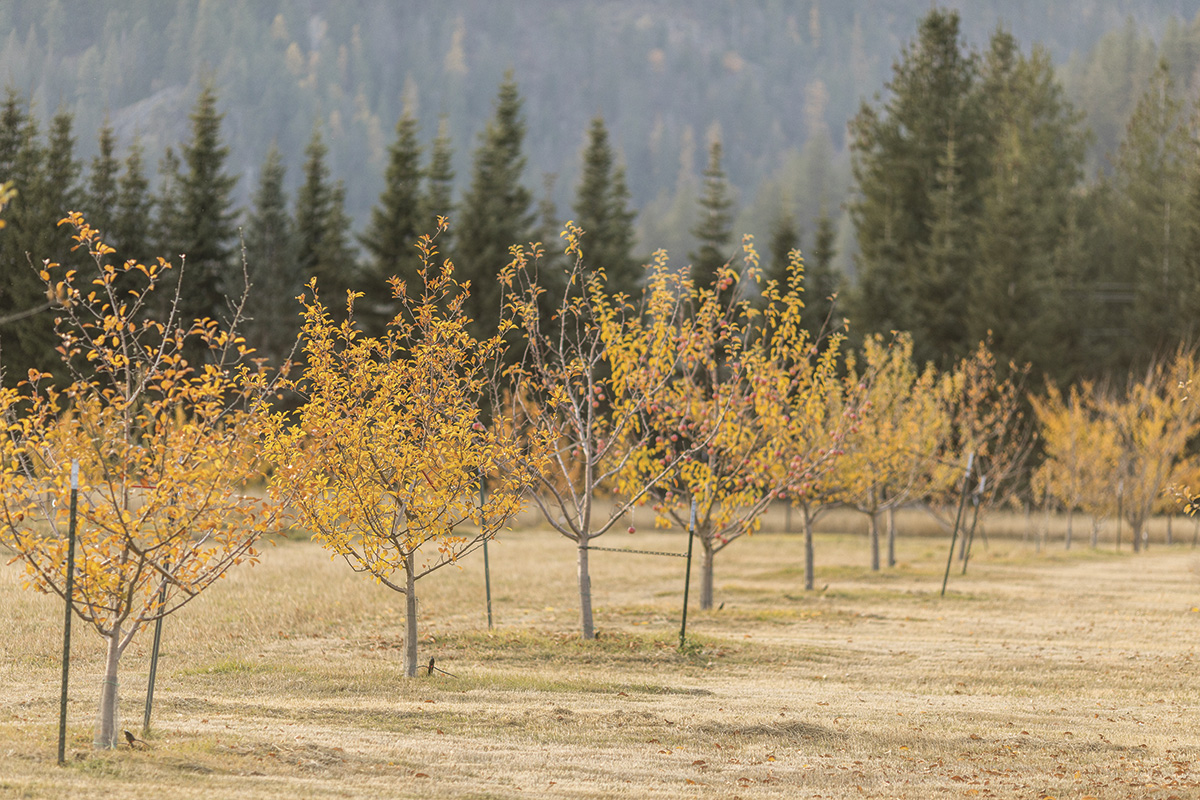 Although SOAC grows a variety of fruits, heirloom apples dominate the orchard. Photo courtesy of University of Idaho.
Although SOAC grows a variety of fruits, heirloom apples dominate the orchard. Photo courtesy of University of Idaho.
Bearing fruit in the community
SOAC cider, pressed every fall, is just one of the products that makes its way out to the surrounding communities. Two local grocery stores carry SOAC’s heirloom apples, and the farm makes 40 of its varieties available to sample at its public apple tasting in late October.
“We also have ‘you-pick’ pie cherries and raspberries in the summer,” Nagy says.
With a large conference building and commercial kitchen on-site, SOAC also seeks to serve the community in ways that don’t involve fruit. These range from hosting local art receptions to serving as a COVID-19 vaccination site. In summer 2022, they collaborated with nonprofit organizations to make over 6,000 brown-bag lunches for local kids. This year also saw 800 pounds of SOAC garden produce donated to the local food bank.
The research station also hosts the Heritage Orchard Conference, which after one year in-person went online in 2020 and expanded its reach exponentially. The conference has morphed into a free webinar series offered monthly from October to April, and last year reached over 1,500 people from 27 countries. “When I started this conference, I’d been working with apples for eight years or so, and I thought I knew quite a bit,” says Nagy. “Then I started talking to people who had been doing heritage apples for decades, and I realized I knew nothing.”
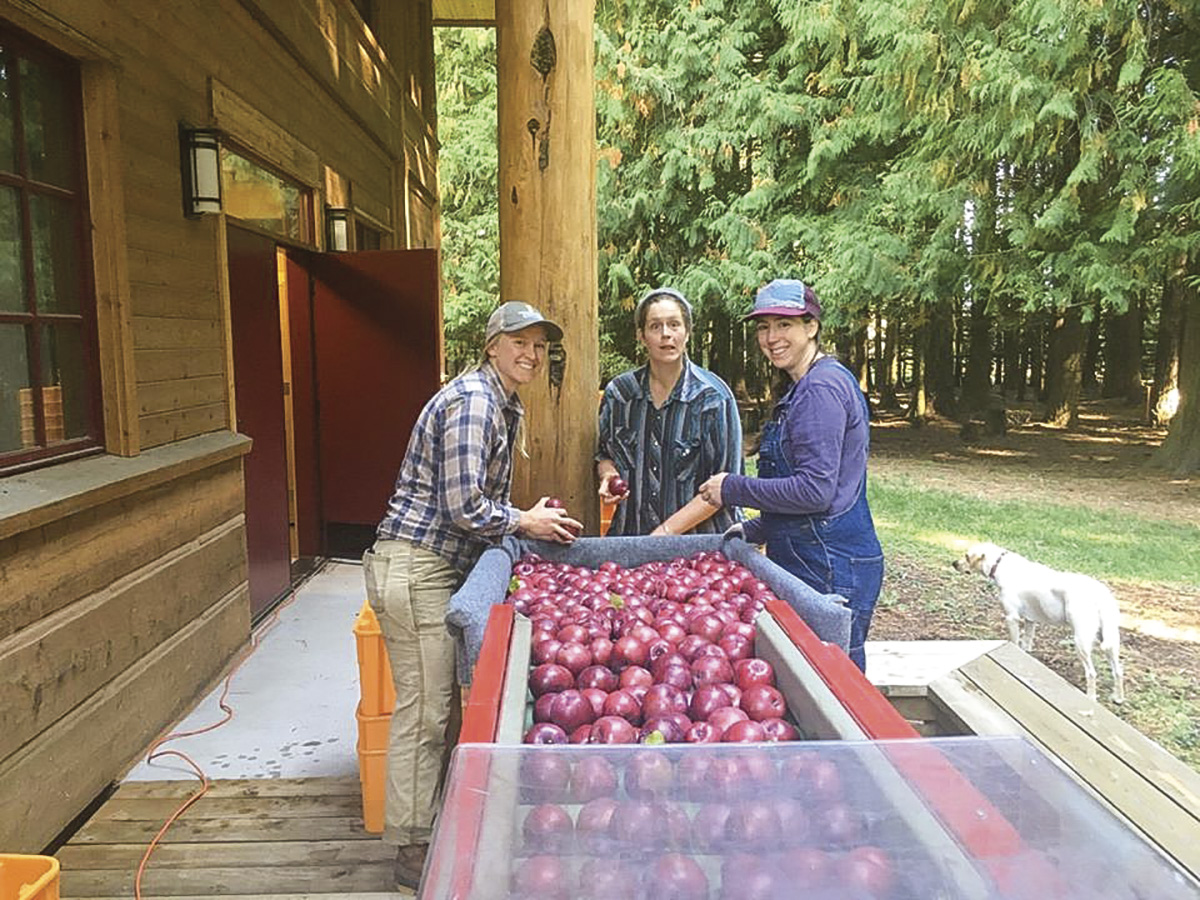 SOAC staff send apples through the washer. Photo courtesy of University of Idaho.
SOAC staff send apples through the washer. Photo courtesy of University of Idaho.
Branching out
As SOAC comes into its own place with the university, Nagy hopes more researchers will see the potential there, particularly being the only organically managed UI center in a state where conventional agriculture is the norm. “There are so many opportunities and so much open space,” he says. “It’s an asset to the school and state.”
His vision for the immediate future includes increasing the certified organic space and providing quality jobs for locals. Further down the road, he sees potential for regenerative agriculture using multispecies grazing. “What I’d really like to see is some kind of farm school,” he says, perhaps building off of the current internship program.
In the meantime, Nagy will continue to battle the small vertebrate pests that plague organic growers, produce quality heirloom fruits for local consumption and collaborate with nonprofits and charities.
“We’re not doing potato research,” he laughs, “but we focus on what we can do to help the agricultural community in Idaho and the northern climates. It may not be applicable to all, but we try to serve as many as we can.”
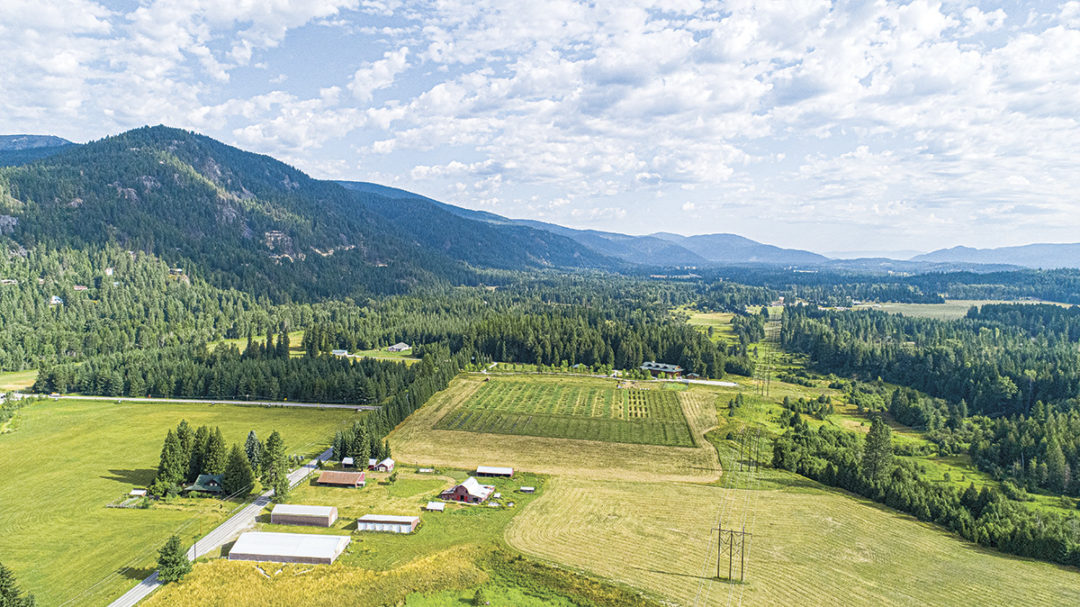
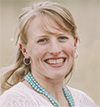

.jpg?t=1687979285&width=640)




